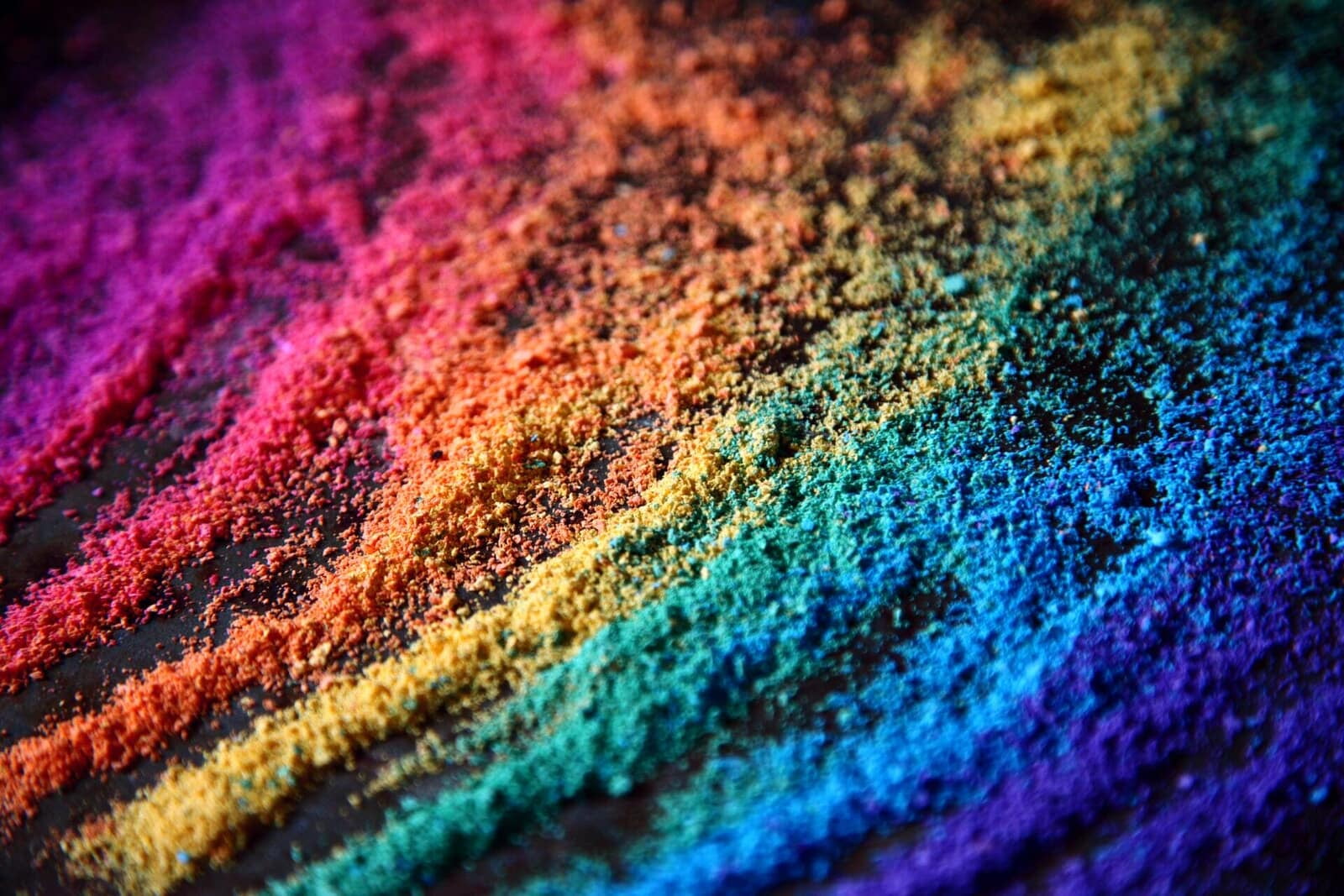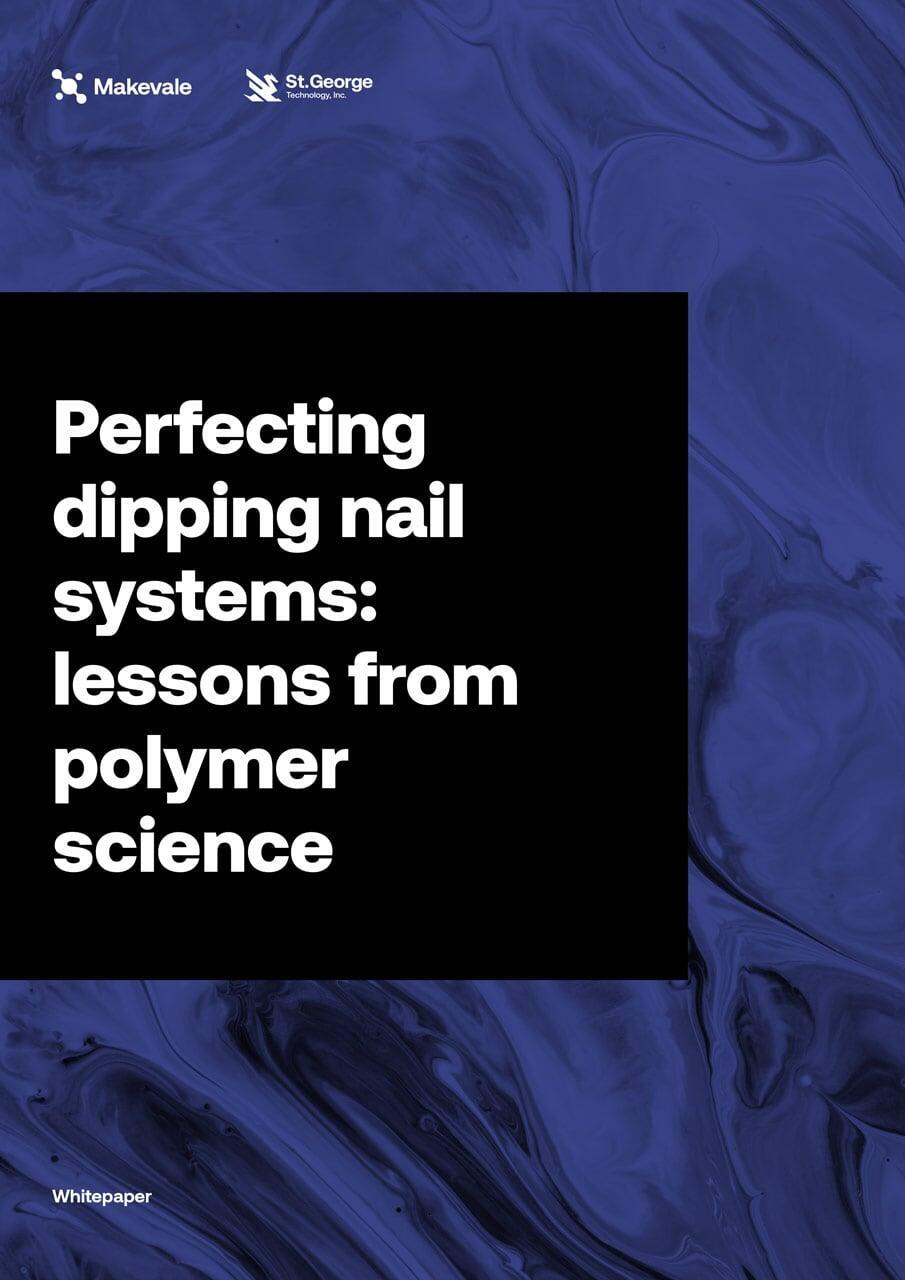
Acrylic nails were originally developed in the 1950s, initially as a spin-out from the dental acrylics industry. The science behind these nails has significantly advanced since then, with the introduction of major product innovations such as the liquid-powder systems in the 1970s, the explosion of colours, textures and embellishments in the 1980s and the progressive refinements of liquid-powder systems throughout the late 80s and 1990s, which included UV light curable systems.
The nail acrylics industry benefits from other sectors that use advanced acrylic polymer science and engineering. Advances in dental, architectural and casting acrylics, such as ultra-high clarity, have transitioned over into nail technology. The latest advances in building microbial resistance into dental acrylics look set to transition over to nail acrylics. This will address the challenge many salons face to avoid trapping bacteria under acrylic nails during application, and the resulting health impacts.
Sadly, despite the cutting-edge science available, acrylic nail wearers and their nail technicians are used to poor acrylic products. Pigments that are not homogeneously dispersed and clump together lead to pigment dots. Colours fade or do not match the shades advertised, and poor-quality acrylic lacks clarity and yellows quickly. Porosity can also be problematic if the powders’ properties are not quite right.
However, acrylic nail brands that choose suppliers who make materials and formulations with the right properties will not experience these problems. Such brands can avoid the product recalls, high costs and ultimately brand damage caused by choosing the wrong materials.
Dipping Systems – What are the basic chemical reagents?
Underpinning the beauty and performance of artificial nails are the chemical and physical characteristics of the raw materials – the reagents. For dipping nail systems, these are in the form of nail acrylic polymer powders as well as dipping liquids in the form of base and top coats, each of which contain additives.
Dipping liquids typically come in two forms: base coats and top coats. Base coats are commonly derived from cyanoacrylate, a raw material that is used in superglue. The top coats are usually either a solvent or monomer-based liquid, which generally includes thickening agents and, in some cases, contain an amine catalyst. Naturally, there are exceptions and there are other, more exotic chemistries on the market.
The nail powder is based on polymer beads made from Poly(ethyl methacrylate) (PEMA) or Poly(ethyl methacrylate-co-methyl methacrylate), with the addition of Poly(methyl methacrylate) (PMMA) in some cases. Generally, PEMA is the most prominent acrylic in artificial nail powders, rather than the more common PMMA, which is harder and more brittle. A peroxide initiator can be included in the powder either as a residual from the production process, or as a coating on the beads. These are two distinct methods by which initiator can be included; one modifies surface bead chemistry at nanometer length-scales, the other affects bulk behaviour at micron length-scales; both have significant consequences on the handling characteristics of the nail system. Flow modifiers are also added.
Depending on the desired outcome, pigments and dyes may be included in the powder to colour the final acrylic nail. The pigment titanium dioxide is most commonly used for brilliant white.
How the underlying chemical process works for dipped nails
Nail dipping systems work like this:
- After the nail has been prepped, a technician coats the customer’s nails with a liquid base coat. Then the customer’s nail is dipped into the nail powder. The base coat surrounds the powder causing the acrylic beads begin to swell and dissolve. The initiator on the polymer beads’ surfaces and/or the initiator released by the acrylic beads that have partially dissolved, polymerises the cyanoacrylate via a free-radical mechanism. Simultaneously, ionics associated with the polymer, either residuals from the polymer’s manufacturing process or from the flow modifiers, as well as moisture from the nail itself, cause the cyanoacrylate to polymerise via an ionic mechanism. At this stage, the nail hardens and the nail technician brushes off any excess powder.
- The coating /dipping process is repeated, adding a second powder layer, and then sometimes a third.
- A top coat liquid is then applied. The monomer or solvent based top coat dissolves the top surface of the dipped nail system. Concurrently, the initiator associated with the polymer bead is released and begins to react with the top coat monomer and/or exposed polymer chains from the dissolving process. The top layer then polymerises and hardens, giving a glossy finish.
The dipped nails process happens millions of times a day in salons across the world. But why do some nails look exquisite and exactly as the customer desires, whilst others don’t?
To find out more, click below to download our white paper, Perfecting Dipping Nail Systems: Lessons from Polymer Science.
